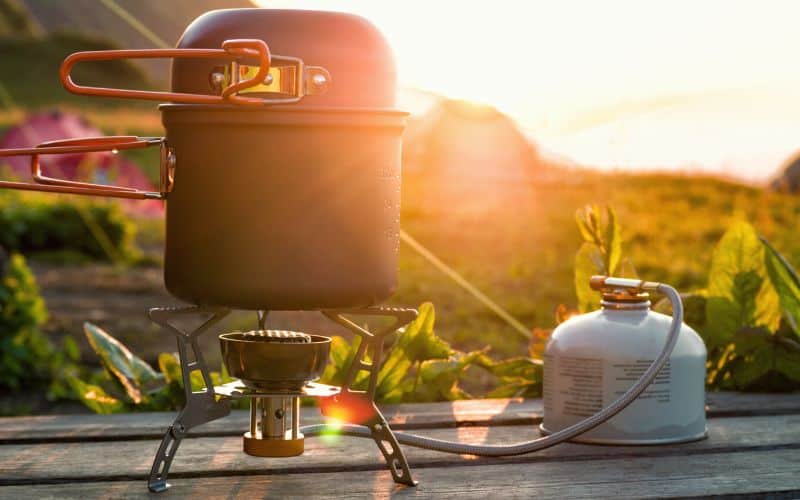Do you have empty camp stove cans cluttering your garage because you don’t know the safe and proper way to dispose of them?
Correct disposal of these canisters is important for several reasons. It will clear up your storage space, prevent accidental explosion, and ensure that your dud canisters don’t end up in a landfill harming the environment.
Use this complete guide to learn about storing, emptying, and disposing of old camp stove canisters.
Table of Contents
Safe gas canister disposal: what to do…
As mentioned, you shouldn’t just throw fuel cans in your curbside trash. Instead, you should empty and recycle it! Here’s a step-by-step breakdown of how to safely dispose of empty camping stove canisters:
Step 1. Empty the Can
When butane burns it will give off carbon dioxide, you therefore firstly want to make sure the can is completely empty by burning off the gas. Make sure to do this outside and away from any other cans, even if you think they’re empty. Attach your camp stove, light it, and let the remaining gas burn entirely out. This step is essential. If you move onto Step 2 without ensuring the can is empty of residual gas, you risk a blow-up.
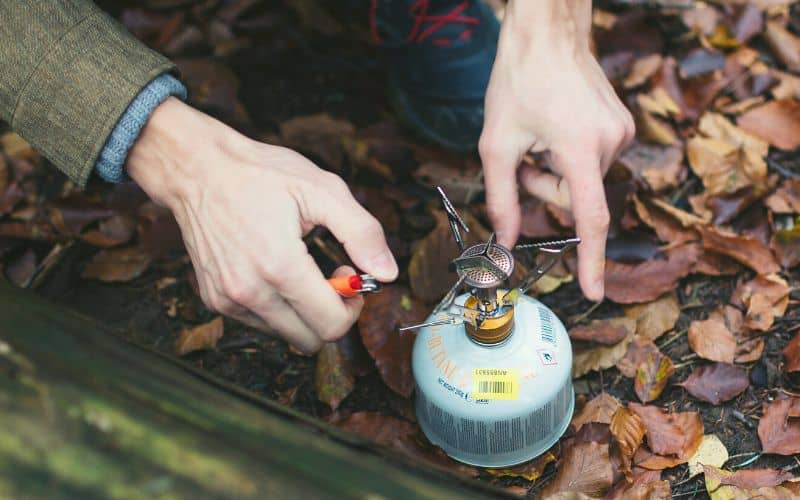
Step 2. Puncture the Canister
To recycle the canister, you must prove it’s empty by puncturing the sidewall. This isn’t as scary as it sounds. Using a screwdriver (Philips-head works best) and a hammer, you can easily puncture the side of the can. Place the screwdriver on the canister next to the valve and hammer it in.
For those who aren’t comfortable using their screwdrivers, you can purchase a puncturing tool, such as the Jetboil Crunchit, from a sporting goods store or online. Wear gloves to protect your hands, and don’t do this step near open flames or heat sources.
Step 3. Recycle the Punctured Can
There are a few ways to do this. You can take the cancan to a hazardous waste recycling facility. If you don’t see such a place in your area, check if there is a mixed metal recycling center near you.
You can also put it in your regular recycling bin for pick up. Before you do, call and ask your waste management company, local recycling center, or household hazardous waste collection center if they accept punctured canisters.
Our favorite option is taking the empty canister to outdoor and camping stores that recycle camp stove fuel cans. They’ll know where to take it to be recycled.
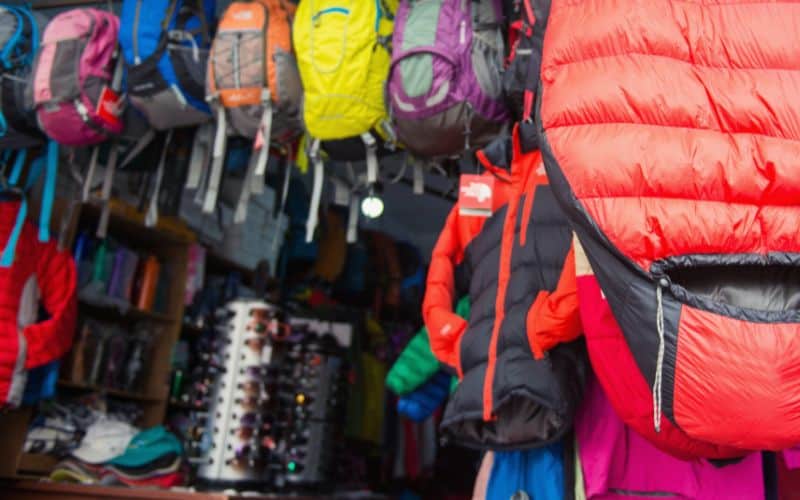
Why Dispose of Butane Safely?
There are no laws against throwing your used butane canister in the trash. However, doing this with flammable gas can create unsafe and unclean conditions for people and wildlife.
Safety
Camp stove fuel canisters are pressurized. Pressure levels within the can increase as the product breaks down with time. An impact on the can or a spark could cause an explosion and endanger waste removal personnel.
Environmental
Butane gas is a hazardous substance that is toxic to plants and wildlife. An improperly disposed of can leak into the surrounding soil and groundwater, creating unsafe conditions.
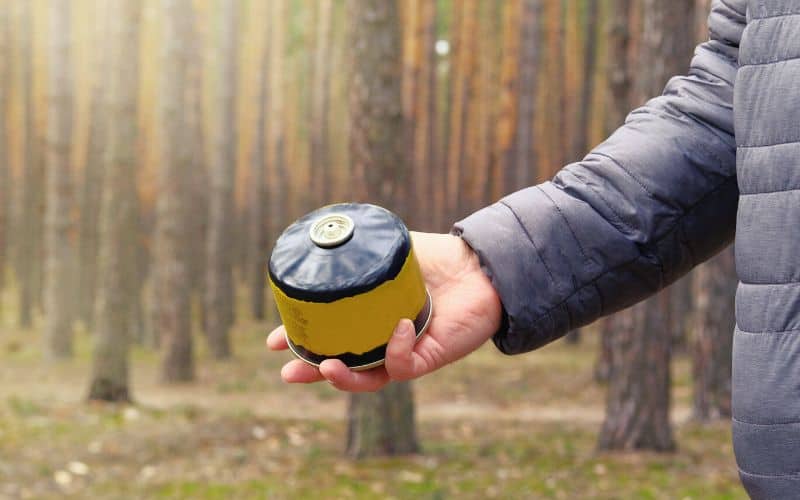
How to Store Butane Canisters Safely
OSHA-recognized hazardous materials must be stored properly. When it comes to storing and traveling with your camp stove fuel, make sure to follow these guidelines:
- Store Inside – Even if you go camping every weekend, don’t store your gas canister in your car. Move them indoors unless you’re transporting them right away. When you are on the road to your next adventure, keep the canisters in the trunk, not the passenger areas, in case they leak.
- Store Gas Canisters Away From Heat and Direct Sunlight – Keep your cans away from heat sources; this includes electrical outlets and direct sunlight. The extreme heat of a hot car could cause canisters to combust. When driving to your campsite or trailhead, put the canisters deep in a backpack or wrapped up in a sleeping bag.
- Keep Canisters Away from Children and Pets – Between camping trips, keep your canisters in a well-ventilated, cool, dry area where children and pets can’t accidentally get into them.
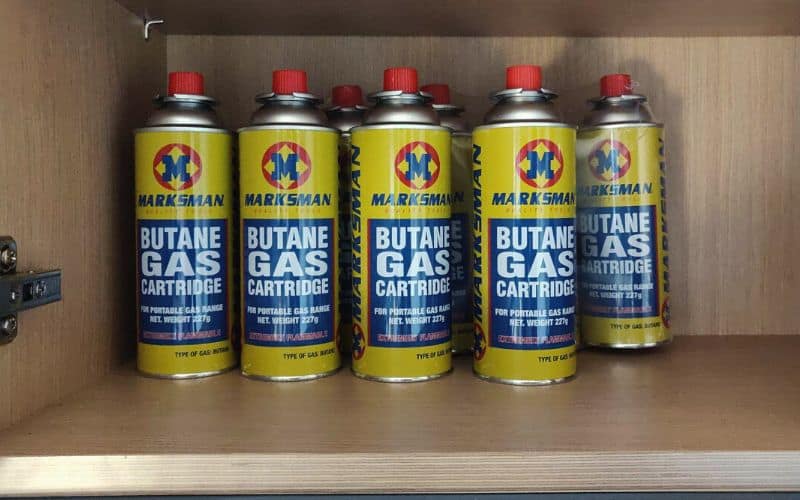
How to Dispose of Other Solvents
Solvents like the ones found in CO2 cartridges and empty propane tanks have their disposal guidelines:
- Propane Tanks – The small, one-pound propane tanks you use with your Coleman camp stove can be disposed of following the above steps. For Step 2, you can use a hammer and a screwdriver in the valve itself. Alternatively, there are valve core remover tools. Any larger propane tank should be returned to the propane supplier. Contact the local hazardous waste facility if you are unsure what to do with an old propane tank.
- CO2 Cartridges – CO2 cartridges from BB and paintball guns can be put in household garbage in most areas. Double-check disposal laws in your area. Anything larger will likely have to go to a hazardous waste disposal site.
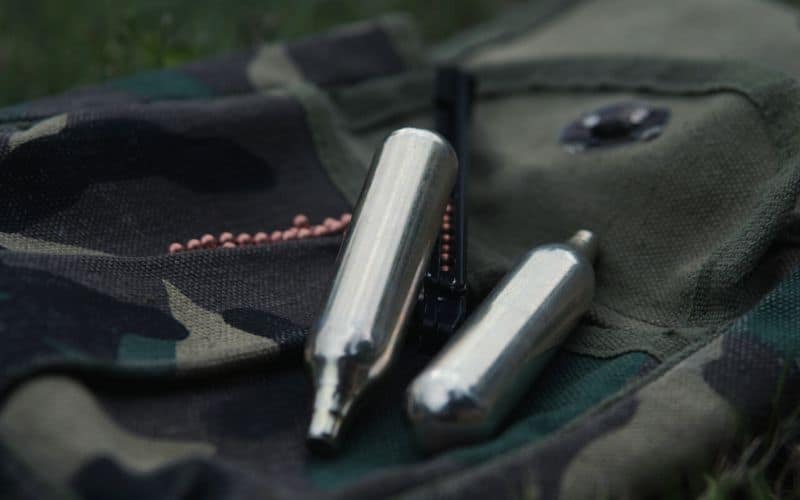
How To Dispose Of Butane Cans Safely
Camp stoves are a huge part of the outdoor overnight experience, and as nature lovers, we want to make sure we’re disposing of the used fuel cans correctly.
We hope this guide on how to dispose of butane cans helps you get rid of your empty cans safely and get on top of your camping gear organization.
Where do you take your old cans? Let us know in the comments and don’t forget to share this with your camping buddies.
